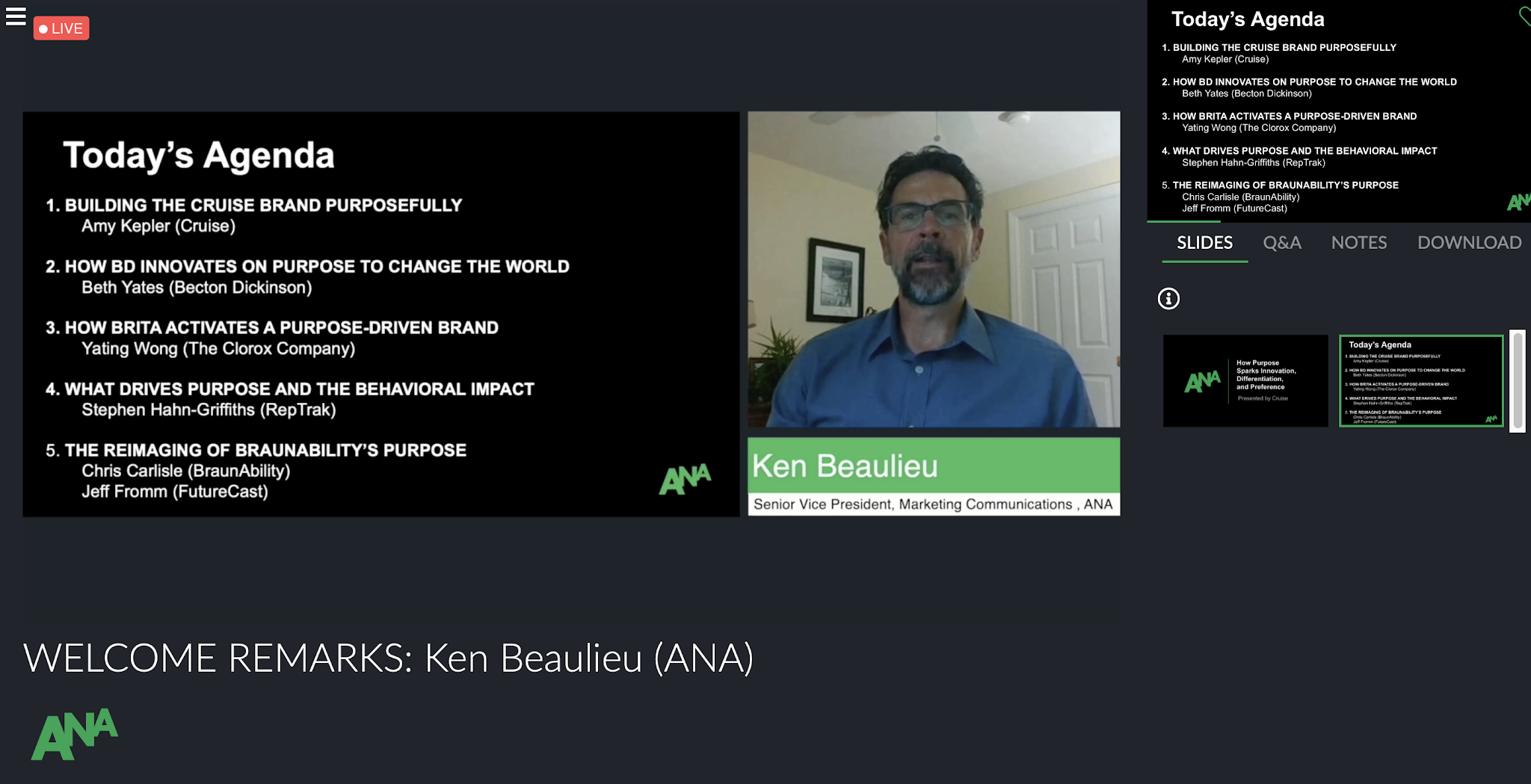Adobe MAX | Ashley Santiago
Adobe MAX came this year much differently than expected due to our new virtual reality. However, they still managed to bring so many creative professionals with 56 hours of planned live content. There were professionals and students, social media mavens, and hobbyists. They offered a variety of points of view so anyone can have the opportunity to take their skills to the next level to inspire, educate, and create.
I attended a few workshops and talks but two stood out to me. One was led by Tasha Lutfi, Design Director at Microsoft called "How Diverse Teams can Elevate Creativity". We all know about the recent events that have sparked many questions about racial injustice and systematic racism. It's only right that we discuss why it's needed to address problems of diversity, equality, and inclusion, especially within the workplace.
The main question is how will companies make a meaningful change during a time like this? The data behind diversity shows why it matters and factual proof that change is needed.
"A product reflects a team that creates it"
According to the data, most of the people creating diverse products are not diverse. It’s good to know that conversations about diversity and product development have increased. There's something about having different perspectives from a diverse team play a role in making products strong and serve users better. If you want to create a product for a diverse audience then, it makes sense for the creative team to be diverse. You have to remind yourself that you are not your user.
Tasha shares her experience being a woman of color when it comes to sharing her creative ideas at the conference rooms. She has to show up and represent! She doesn't worry about where she will be sitting but instead about sounding professional, not emotional, not aggressive, or "sound black". This discourages people of color to show up and represent because of the pressure they have on their shoulders.
She mentioned that growing up her role model was a woman who didn't look like her yet was the only person she knew who had the same career she wanted. There is a lack of recognition of women and people of color in many industries. It can be hard to see where you fit in sparking change without feeling like why even bother? Some ways anyone can participate in elevating diversity are to be aware, be a voice, and be a guide. It's up to us to see the change we want to see.
I tuned into Antionette Carroll, Founder & CEO of Creative Reaction Lab "Design No Harm: Why Humility is Essential in the Journey Towards Equity. I've been noticing the word empathy thrown around a lot. It makes me wonder if brands and companies know what it means or are they just trying to act as they understand or jump on this wave. What are companies that say they have empathy doing to prove that? Antionette states that when there's empathy with no humility it gives space for judgment and justification. Humility is to be humble and grounded in who you are. Some people say they have the empathy to make themselves feel like a better person. This still makes having empathy about themselves. The addition of humility pushes us to step out of our shoes, listen, and absorbs someone else's truth. Many times people get defensive because they are in their bubble of the comfort of growth and learning. It's important to challenge these thoughts even if it makes us uncomfortable. There's this assumption that our intent is enough need to stop and learn humility. It's a mixture of acknowledgment, discomfort, admission, sharing powers.
"Design is not about making things look good it's about making things work." - Ruzanna Roman (product designer & AIGA Cincinnati Operations Director)
Anitonette Carrol said
“We need to make sure we are working for whom and focusing on humility when designing not only for us but for others."
I think that this is a really big thing to consider because when you are designing your solving problems. You also want to design something that will last and if it doesn't work the longevity of it will die sooner than expected. These two talks went hand in hand to show that diversity and learning together will make the change we want to see. Although I feel like we are not fully there yet I do think that having these conversations are a huge step forward.
LinkedIn:
https://www.linkedin.com/in/tashalutfi
https://www.linkedin.com/in/benforta
https://www.linkedin.com/in/antionettecarroll




